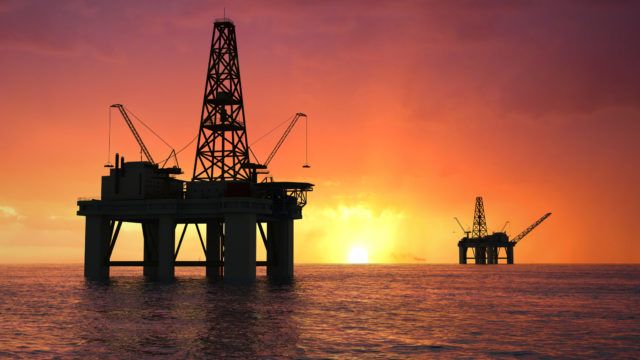A confluence of factors including the macro environment, economic conditions and the clean energy transition support exposure to commodities over both the near and longer term.
Persistently high core inflation is driving the immediate opportunity. “Commodities have tended to benefit from their extremely tight link with both inflation and inflation surprises,” said Greg Sharenow, a managing director who leads Pimco’s commodity portfolio management group.
At the same time, with supply constraints likely to emerge once demand growth eventually resumes, he believes that long-term investors might view weakness stemming from a mild recession as an opportunity to use commodities to guard against inflation.
Meanwhile, over the longer term, the net-zero transition and deglobalisation could add to upside inflationary risks.
“Transitioning to a net-zero economy will be commodity-intensive,” added Michael Haigh, executive vice president and commodities and real assets economist at Pimco. “We expect unavoidable bottlenecks as demand outstrips supply, setting commodities on an upward trend in coming years.”
Making metals pay
In line with the transition, the firm has a positive view on metals. “Longer term, the transition to a net-zero economy will likely be extremely metals intensive,” explained Haigh.
He cited an April 2023 JP Morgan report that said the proportion of all copper consumption devoted to green energy will grow from approximately 10% today to more than 25% of global demand by 2035.
“As the world moves toward cleaner technologies, metals markets will be put to the test because adding supply is a lengthy and capital-intensive process,” Haigh added.
Allocating to agriculture
Elsewhere in the asset class, agricultural products stand to benefit from recent adverse weather events.
For example, in the US, the largest producer of corn, Pimco said starting conditions in early 2023 were bullish for prices as extreme weather caused two years of poor crops and limited inventory accumulation.
“While we expect crops to rebuild in 2023, good weather will be crucial for the rest of the growing season in the US,” said Sharenow.
“Climate change also appears to be having adverse effects on supplies of agricultural commodities, which is supportive of prices,” he added.
Mixed energy outlook
Within the energy universe, Pimco sees petroleum as rebutting macroeconomic headwinds due to its constructive underlying fundamentals.
Even though China experienced a demand recession for oil in 2022, global demand grew above trend due to growth in developed markets.
“We expect demand in 2023 will exceed trend growth as the Chinese economy continues to emerge from its zero-Covid policy,” said Haigh. “As growth and travel normalise, we expect gasoline and jet fuel to be the primary beneficiaries, supporting demand despite global manufacturing and trade-related headwinds.”
On the supply side, slowing growth in US shale production coupled with the lowest reinvestment rates in 30 years look to be strengthening Opec’s ability to influence prices, defend against downside price risks and capture market share, said Sharenow.
“Recent actions to curtail supplies despite below-average inventories benefit investors by keeping the futures market in a state of positive carry,” he added.

















